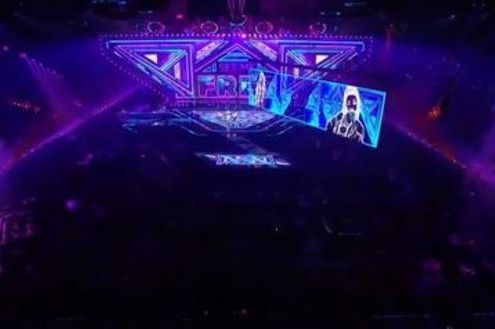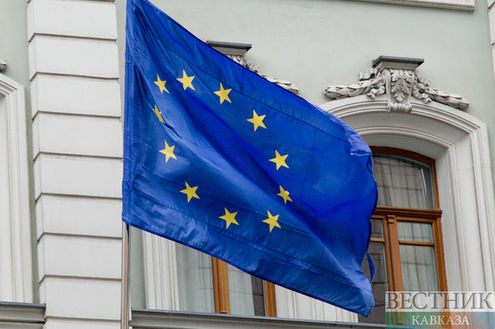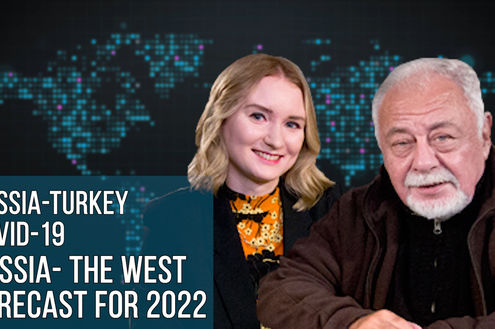The news of the successful completion of negotiations on the Iranian nuclear program and the expectations of a gradual lifting of the sanctions have brought down the oil market.
Not only the very appearance of Iranian oil on the market, but the expectation of a double growth of exports and dumping from Iran immediately reflected on the oil stock. Such is the psychology of the market – to act on expectations and adjust to facts. There is a simple reason firmly rooted in the minds of traders, experts and analysts: Iran, being the second-largest in size and the third-largest OPEC producer by reserves, will enter the market and ‘flood’ it with cheap oil, lowering the price below $45 a barrel. Naturally, speculators rushed to cash in on the news. Following the oil price drop the Russian ruble is fell, because a simplified model of a linear dependence on the oil price can be applied to the currency.
But as Stanislaw Jerzy Lec wrote once, "reality is not the way it really is".
There is very little information about the current condition of Iran's economy in the comments and analysis about what is happening in the oil and gas sector, and how quickly oil production is ramping up in a country that has been under sanctions for such a long period. Where there is an oil and gas industry, moreover, there is a public, which a priori makes them less flexible and efficient than private competitors.
The international sanctions negatively affected the development of the oil and gas sector, several important projects have been cancelled or postponed in the absence of investments, oil production has decreased significantly, the growth of gas production has been very weak, and the loss of the oil industry of Iran in the last three years is estimated by the authorities of the country at 100 billion dollars.
Thus, Iranian oil production dropped from 3.6 million barrels per day in 2011 (widespread international sanctions were introduced in 2012) to 2.8 million barrels in June 2015, and exports, according to the US Department of Energy, dropped from 2.6 million barrels per day in 2011 to 1.4 million barrels in 2014. Trading gas production in Iran amounted to about 158 billion cubic meters in 2012, and in 2014 it was only 166 billion cubic meters.
The unavailability of modern technologies of oil production has greatly influenced the current state of the resource base in Iran. More than half of the volume produced in the old fields, which were opened during Shah Pahlavi’s regime, with about 80% of proven oil reserves, were explored by 1965, and have not been put into operation since 2007, there have not been new deposits. According to the Ministry of Oil of Iran, as well as the information of the FGE Arab Oil and Gas Journal, Iranian deposits have relatively high rates of depletion – 8-11% per year at a fairly low confident oil recovery (recovery factor) of 20-25%. For comparison: the COR of ‘Rosneft’, ‘Lukoil’ and ‘Gazprom Oil’ is 35-40%.
And if now the sanctions against Iran are being lifted, it will happen only six months later, and it may take at least another year, and possibly longer, for the restoration of the production capacity of pumping and transport logistics to achieve the target of 2011-2012.
The Director of the National Iranian Oil Company (NIOC), Abbas Sherry Mokaddam, said that the oil and petrochemical sector is in dire need of investment and modern technologies – in order to resume work at full capacity, they require additional investment of $8 billion per year to overcome the lag accumulated over the years of sanctions. Iran is considering the possibility of cooperation with Russia, India, Japan and several European countries in the oil and gas sector, but the timing of the signing of such agreements may last for many months.
The great complexity and the fact that the Iranian Constitution prohibits foreign or private ownership of the country's natural resources, and that foreign oil companies cannot get the stock right in the field and are required to participate in projects on exploration and development only through the subsidiaries of the Iranian companies, and when the field is being commissioned, NIOC becomes its operator. The foreign companies are only entitled to reimbursement of the capital expenditures over several years with reduced profit margins of 12-15% of the so-called buy-back contracts.
According to the Wood Mackenzie consulting firm, Iran will be able to increase oil production to 4.4 million barrels a day only by 2025, and for that the country will need 50 billion dollars of foreign investment. And now, according to the same Mokaddam, priority is given to the development of the petrochemical industry. This year Iran is going to complete the second stage of the project of creation of the Kavian petrochemical plant, finish laying three petrochemical plants in the region of the Western pipeline, to pump ethylene and put into operation the Mervdesht Fars Petrochemical Plant.
Thus, the Iranian factor is subjective, and if Iran starts to have a noticeable impact on oil prices, it can happen in the best case only in mid-2016, and most likely, it would happen in 2017.
The situation in the gas sector is more complicated and involves not only business, but also the strategic interests of both Russia and the US and its Middle Eastern allies in this part of Eurasia.
Iran has 18% of the world reserves of natural gas (about 34 trillion cubic meters), and it is quite natural that Europe looks to Iranian gas as a real alternative to Russian gas. Cooperation of the EU and Turkey with Iran in the gas sector could create serious problems for the transit of Russian gas through Ukraine, and for the planned projects of gas transportation to Europe, bypassing Ukraine. Perhaps this partly explains the success of the negotiations on the nuclear issue, despite the concerns of the Middle Eastern allies.
And they have issues to worry about. Even if we leave aside religious differences that for centuries plunged the entire Middle East region into bloody conflicts, Iran and its neighbors in the Persian Gulf have the giant oil and gas field ‘North/South Pars’, the largest in the world and to all these countries.
Its reserves are estimated at 28 trillion cubic meters of gas and 7 billion tons of oil (45 billion barrels), and each of the Gulf countries may consider these stocks as its own partially. It's like drinking a cocktail collectively from one glass with a few straws, a collision of foreheads is inevitable.
In addition, geopolitics interferes with the building of the gas pipelines to Europe. For the countries of the Arabian Peninsula, including Qatar, the problem lies in the fact that between them and the Mediterranean region there is Syria, which is in a state of war and allied to Iran, and Iraq, which is crumbling under the blows of the militants of Islamic State (ISIS). For Tehran it will be theoretically necessary to transport gas to Europe through the main US ally, Turkey, which is also informally, like Qatar, maintaining a hostile Shia group of ISIS. That is the way Turkey buys cheap oil from the deposits occupied by ISIS, and most of the foreign volunteers, replenishing bodies of the armed Islamists, go to Syria and Iraq through the Turkish border.
All this means that Iran is likely to export liquified gas rather than pipeline gas to Europe. And to do so they first need to make huge investments in the production facilities for liquefied natural gas and purchase or build LNG tankers. Iran has been under sanctions for many years, the country has no resources for such investments, and this means that the EU, which has problems with gas supplies to South and Central Europe, will have to pay ‘Gazprom’ for such a ‘dislike’
We should not ignore the fact that the majority of the Iranian gas produced is consumed or processed within the country and, in addition, the Iran-Pakistan-India project is considered a priority, which also limits the opportunities of gas exports to Europe.
Thus, in regard to competition between Tehran and Moscow in the oil and gas sector, the fears about the Iranian dumping are seriously exaggerated. Russia, on the contrary, can strengthen its strategic position in the Middle East and gain the opportunity to develop economic and political cooperation not only with Iran, but also with other countries in the region, which will have to reckon with the changing Iranian factor. And perhaps soon we will see a stabilization of the oil prices, if the world takes a sober look at the prospects for the Iranian exports.
The opinions of bank experts, financial and investment companies presented in this article do not necessarily reflect the opinion of the editorial board and are not an offer or recommendation to buy or sell any assets.






